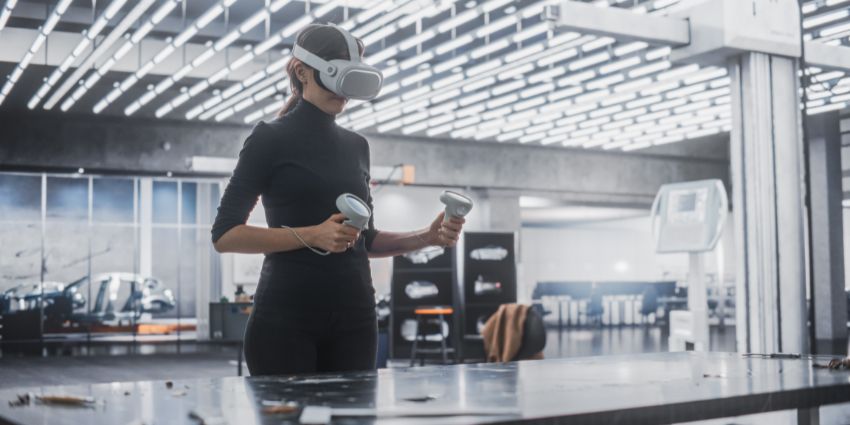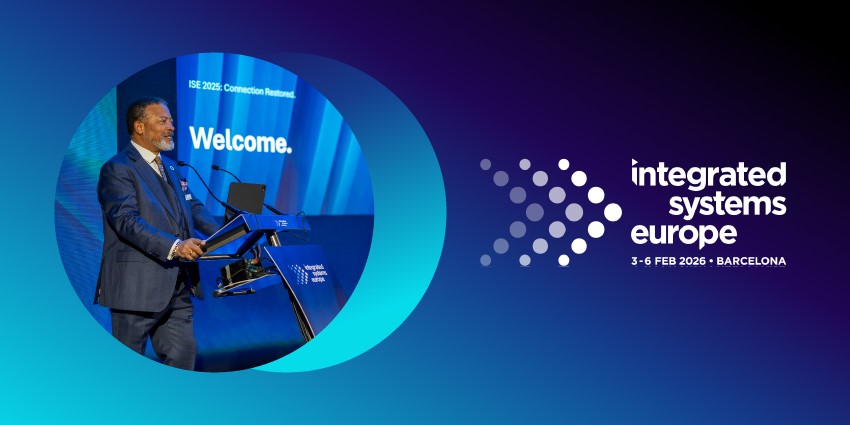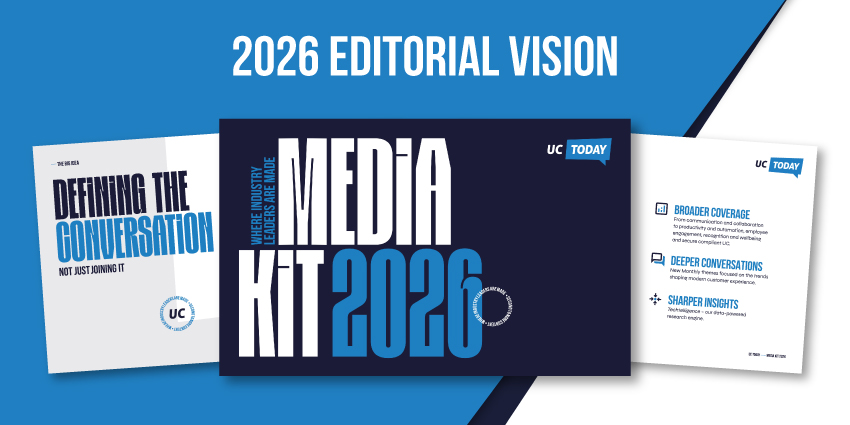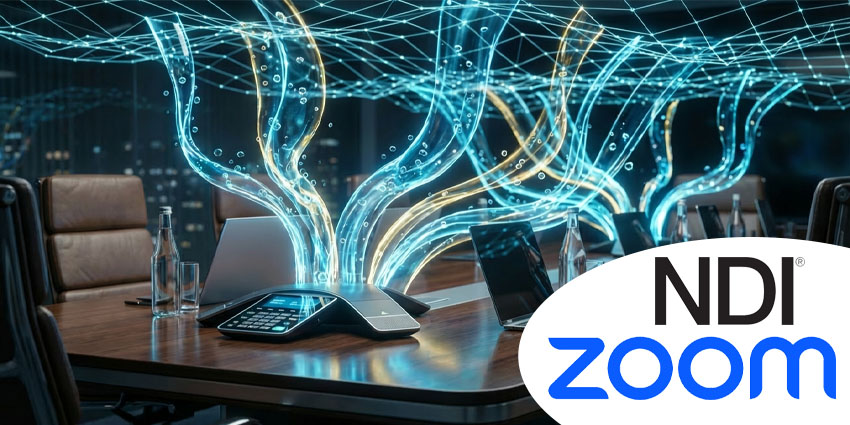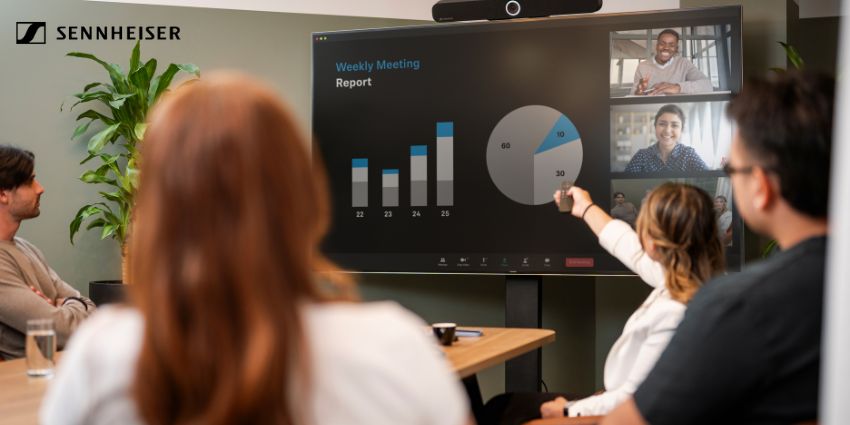It wasn’t said with bravado or Silicon Valley hype. It was a reminder — almost a warning — that in the age of AI, wishful thinking won’t save your business from chaos. And I found myself wondering: what exactly is Cisco trying to save us from?
The Noise Problem
Spend five minutes in a modern enterprise and you’ll know the noise they’re talking about. Employees juggling three messaging apps, five calendars, and endless meeting invites. IT departments drowning in support tickets. Executives squinting at dashboards, desperately trying to prove that the millions they just spent on AI licences are producing value.
This is the reality: AI was meant to simplify our working lives. Instead, it’s spawned an ecosystem of tools that don’t talk to each other, synthetic voices that sound human but aren’t, and deepfakes lurking at the edges of corporate communications.
Cisco’s message is blunt: if you think this problem will solve itself, you’re deluding yourself.
“Hope is not a strategy. The future of AI cannot be improvised; it must be shaped with intention and purpose.”
Said Snorre Kjesbu, Senior Vice President & General Manager of Collaboration, Employee Experience for Webex by Cisco in a recent blog.
RoomOS 26 and the Rise of the Agents
Enter RoomOS 26 — Cisco’s latest operating system for its collaboration devices, supercharged with NVIDIA hardware. This isn’t just another software update; it’s a foundation for something Cisco calls agentic AI.
That’s a fancy way of saying AI that doesn’t just sit there and answer questions but actually does things.
Take the Notetaker Agent. It transcribes and summarises conversations in real time, even if they happen in an impromptu huddle. No one scribbling frantically in a notebook. No one tasked with “sending out the notes later.” The AI handles it, quietly, in the background.
Or the Director Agent, which behaves like a sort of digital Scorsese, automatically choosing the best camera angles in a meeting so everyone stays in shot.
Then there’s Workspace Advisor, which builds a digital twin of your meeting rooms so IT can simulate changes before they start moving furniture around.
IT, AI, and the Battle for Control
But Cisco knows AI isn’t just about making employees’ lives a little easier; it’s also about saving the sanity of IT teams.
Behind the scenes, AgenticOps is coming to Webex Control Hub. It sounds like a Marvel spin-off, but in practice it’s a blend of human admins and AI agents working side by side to troubleshoot networks, video quality, and call issues. Instead of drowning in red alerts, IT leaders get AI-driven diagnosis and suggested fixes.
It’s collaboration, but not the kind we’re used to. Humans and machines, both playing their part.
The Trust Question
Still, there’s a darker undercurrent here. Deepfakes, synthetic voices, and manipulated video aren’t just internet curiosities anymore; they’re workplace threats.
Cisco has responded with partnerships that sound like they belong in a cyber-thriller: Pindrop and GetReal, working inside Webex to flag fake voices and AI-generated avatars in real time. If the bots are infiltrating your meetings, Cisco wants to be the one to catch them.
What Cisco Webex Released at WebexOne 2025 — and Why They Matter
Cisco’s “hope is not a strategy” mantra came to life in the shape of four key innovations:
AI at the Edge
Bringing intelligence directly into devices with RoomOS 26, cinematic meetings that frame participants automatically, and audio zoning that keeps distractions out.
AI in the Cloud
A new wave of Webex AI agents — including the Task Agent, Scheduler, and Notetaker — that convert conversations into workflows and actions, reducing busywork and keeping momentum alive.
AI in Control
Control Hub with AI Canvas and multi-domain troubleshooting powered by Cisco’s Deep Network Model. This gives IT the tools to manage complexity, simulate environments, and keep collaboration safe at scale.
Open Ecosystem Approach
Rather than locking AI into walled gardens, Cisco is partnering with Microsoft, NVIDIA, Salesforce, and others so AI agents can operate across platforms and avoid the trap of siloed intelligence.
Together, these steps represent Cisco’s deliberate push to make AI less of a gimmick and more of a working teammate — practical, secure, and embedded across the stack.
“This is how we move beyond the noise. This is how organizations can prepare for the future without waiting for it.” – Snorre Kjesbu, Cisco
Why It Matters
As someone wandering the convention halls in San Diego, I couldn’t help but feel the tension. The excitement of possibility. The unease of risk. And somewhere in the middle, a simple question: can AI really make work more human, or will it just add to the din?
Cisco’s bet is clear. With RoomOS 26 and its growing cast of digital agents, it wants to prove that AI doesn’t have to be noisy, fragmented, or frightening. It can be intentional. It can be useful.
And maybe, just maybe, it can mean we stop leaving meetings with nothing but hope and a headache.


